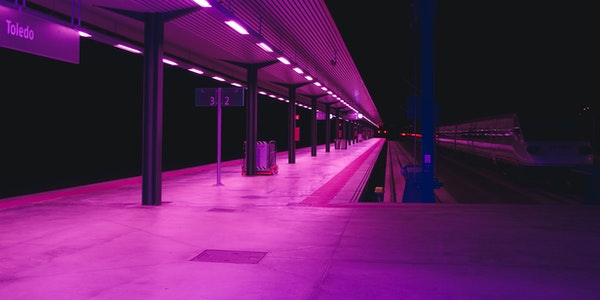Overview of the Neon Market
Beginning in the 1990s, with the rapid growth of the world economy and the continuous improvement of people’s material living standards, urbanization has been improved day by day, and the neon light industry has achieved unprecedented development.
The market has higher and higher requirements for the quality of neon lights, and the demand is also increasing. A large number of outstanding enterprises and scientific research institutes are committed to the research and development of high-tech neon materials and technologies. Researchers have successfully developed a large number of new materials, especially neon full-color computer digital controllers, energy-saving neon electronic power supplies, large-scale production of neon equipment, rare earth powder neon tubes and other high-quality neon materials.
The production of neon lights is gradually standardized, and the varieties and specifications are continuously diversified and serialized. Products suitable for indoor and outdoor use in various places are emerging one after another, making the neon light industry enter an unprecedented period of prosperity.
Neon lights are at the forefront of the world in terms of demand and development of new technologies, and have been recognized by their counterparts all over the world. In recent years, a large number of neon light products have been exported, which is enough to witness the brilliant achievements of the neon light industry.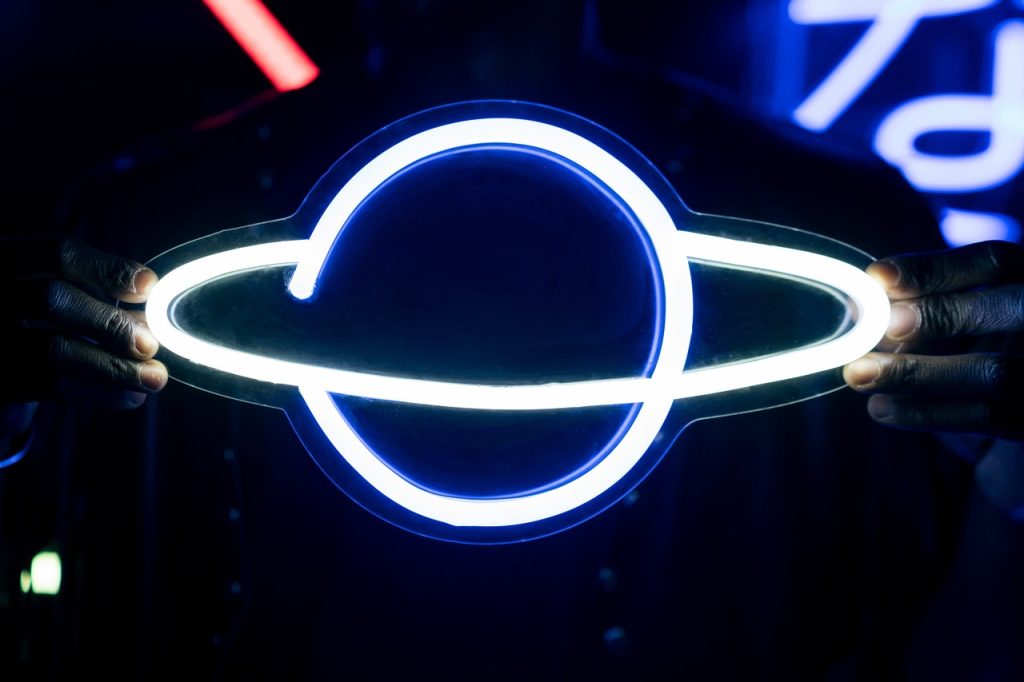
Due to the rapid development of the world economy, since the second half of 2003, there has been a shortage of electricity around the world. As a neon light used in advertising decoration lights and landscape lights, the government has imposed corresponding restrictions on its use, and the neon light market has been directly affected.
The Challenge of LED Lights to Neon Lights
The LED (Light Emitting-Diode) light source as a high-efficiency, energy-saving, long-life, low-maintenance, and environmentally-friendly new light source technology has gradually matured. The global attention on the prospects of the lighting market will bring a new revolution to the lighting field.
Many countries have included LED as part of their energy strategy and included in the development plan of the Ministry of Science and Technology. It is bound to become a new generation of light sources in the 21st century, replacing traditional light sources such as incandescent lamps, fluorescent lamps and high-pressure gas discharge lamps.
LED light sources are close to neon lights in terms of price, usage, performance, etc., and neon lights have already faced its severe challenges. We must meet the challenge. The current LED light source still has disadvantages such as relatively expensive price and not fully mature technology. To replace the traditional light source, it needs to go through a longer process. However, it has become a reality to replace neon light products with a low level of automated production and a relatively high comprehensive cost.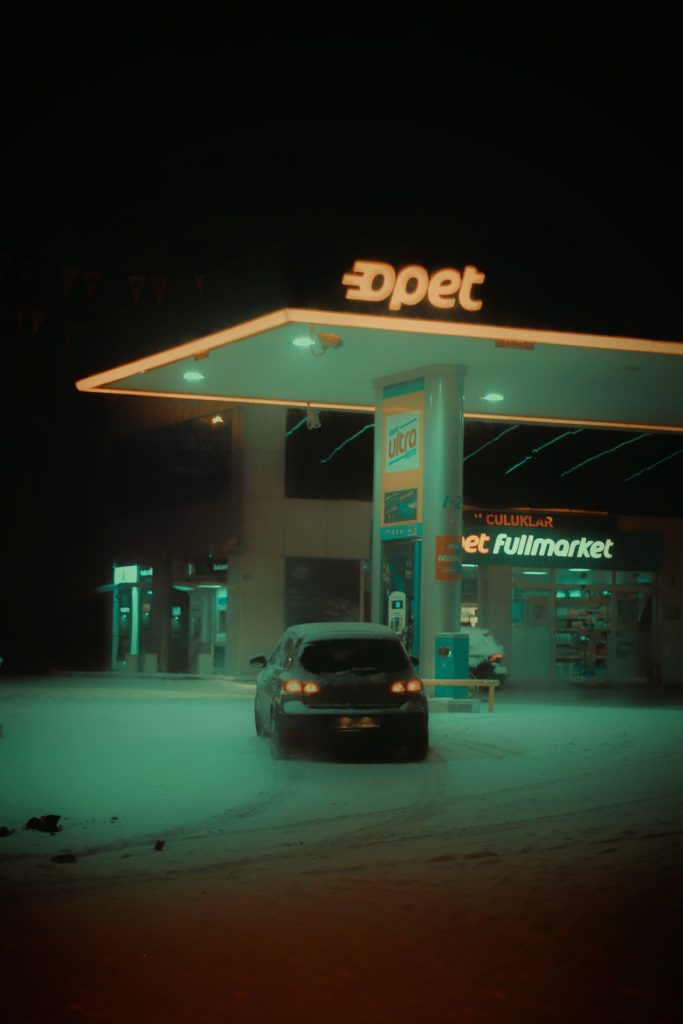
The Advantages of LED Lights Over Neon Lights
After years of research and production on LED light sources and neon lights, we have summarized the characteristics and markets of the two light sources as follows:
1. Comparison of neon light and LED light source
Neon lamp is a low-pressure cold cathode glow discharge light source. The lamp tube is made of glass shell coated with fluorescent powder, sealed at high temperature, filled with inert gas and mercury after vacuum and sintered. It is different from a hot cathode lamp in that it has no tungsten wire and has better shock resistance. The luminous efficiency is high. Longer life span, the theoretical life span can reach 30,000 hours. The light source can be turned on and off frequently without affecting the lamp life. The colors are rich and colorful.
The light source is still in the semi-automatic, semi-manual or purely manual production stage.
The LED light source is a solid light source, does not need to be inflated, and does not require a glass enclosure. Good impact resistance and shock resistance. Not easy to break, easy to transport. The light source unit is small and has a wide range of use. The luminous efficiency is higher, and it is more energy-saving and electricity-saving. Longer life span, theoretical life span can reach 80,000 hours. The light source can be turned on and off frequently without affecting the life of the light source. The colors are rich and colorful. It is an environmentally friendly light source that does not contain mercury.
The light source has been mass-produced and automated.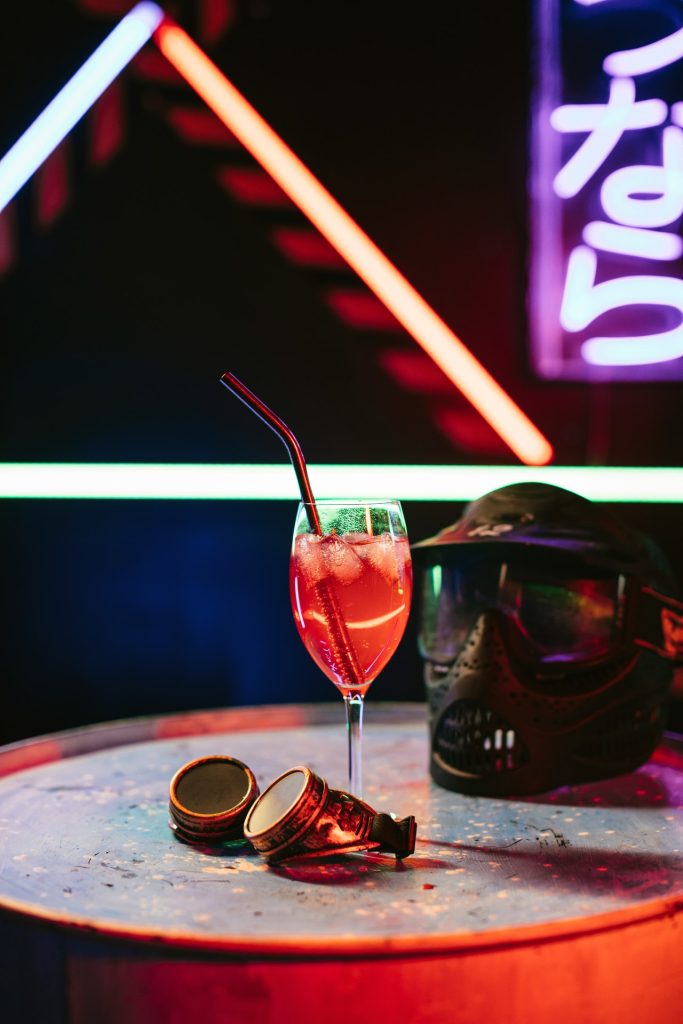
In summary, all the advantages of neon lights have been covered by LED light sources. As long as the application technology of LED light source is further improved, the product cost is further reduced, and it can completely replace neon lights.
2, LED power supply and neon power supply comparison
Power supply for LED lights
The LED light source adopts low-voltage DC power supply, and the insulation treatment is more convenient. Usually use switching power supply or AC 220V rectification, resistance current limiting mode of power supply. It has the advantages of great flexibility, wide range of use and convenient installation.
However, due to the low-voltage power supply, the output current of the power supply is large, and the cross-sectional area of the current-carrying conductor is required to be large, which increases the difficulty of using the LED light source outdoors.
Many people in the industry believe that LED products should be supplied with DC stabilized voltage or constant current. Only in this way can the service life of the LED be guaranteed. In fact, this is a misunderstanding. As long as reasonable circuit parameters are selected so that several key parameters of the LED do not exceed their limit values, even if 220V AC rectification and resistance current limiting are used for power supply, their service life will not be affected.
One-sided pursuit of the so-called direct current is unnecessary. As long as you observe the working process of the LED, you can understand the truth. To produce dynamic effects such as gradual brightness, fading, and color mixing, the LED must be controlled by the duty cycle, and the current controlled by the duty cycle is no longer the so-called constant current.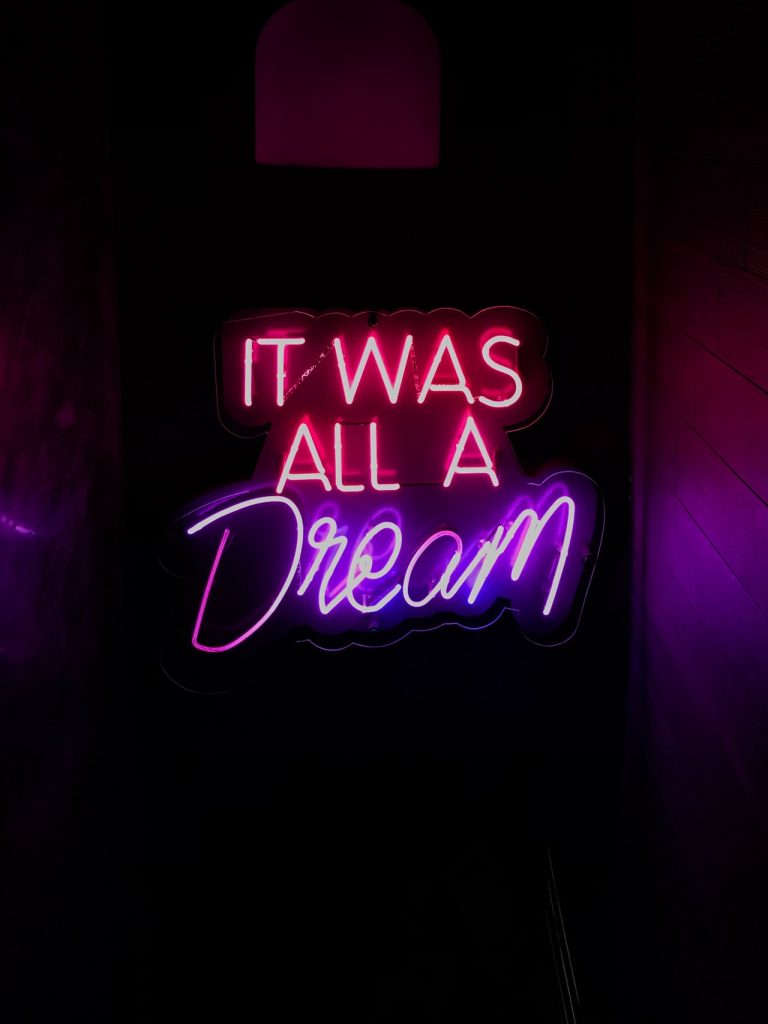
Secondly, the application of LED products in lighting and landscape engineering has a significant feature, that is, non-standard design, which often needs to be tailored according to the actual needs of the project. The choice of power supply scheme is no exception.
Neon lamp power supply
Neon lights use high-voltage power supply, the most commonly used are leakage magnetic inductance transformers and high-frequency high-voltage neon electronic power supplies. Due to the early development of high-frequency and high-voltage neon lamp electronic power supplies in Europe, America and other countries, the technology has been quite mature. The performance is stable and reliable. It also has the advantages of light weight, energy saving, high efficiency, and low price, and has occupied a leading position in the field of neon lights.
Due to the high voltage and low current output, the installation insulation requirements are higher. But when used outdoors, it has good water resistance. Low current carrying requirements are not high, and it has unparalleled advantages.
3. Comparison of control technology between LED light source and neon light
Since the LED light source uses low-voltage DC power supply, it has the characteristics of small load and weak interference. Neon lights use high-frequency and high-voltage power supply, which has the characteristics of large load and strong interference.
In theory, LED control technology is easier to implement than neon light control technology. But the control technology of neon lights is quite mature. The LED control technology is now a mixed bag on the market. Neon lights usually use the mature “parallel” control technology, while both “serial” and “parallel” control technologies are being used in the LED market.
4, the quality stability comparison between LED light source and neon light
It has been nearly a decade for LED light sources to be widely used in actual lighting projects. Due to the uneven quality of LED light source manufacturers, technical irregularities, serious lack of production experience and other reasons, the stability of the quality of LED light sources is poor.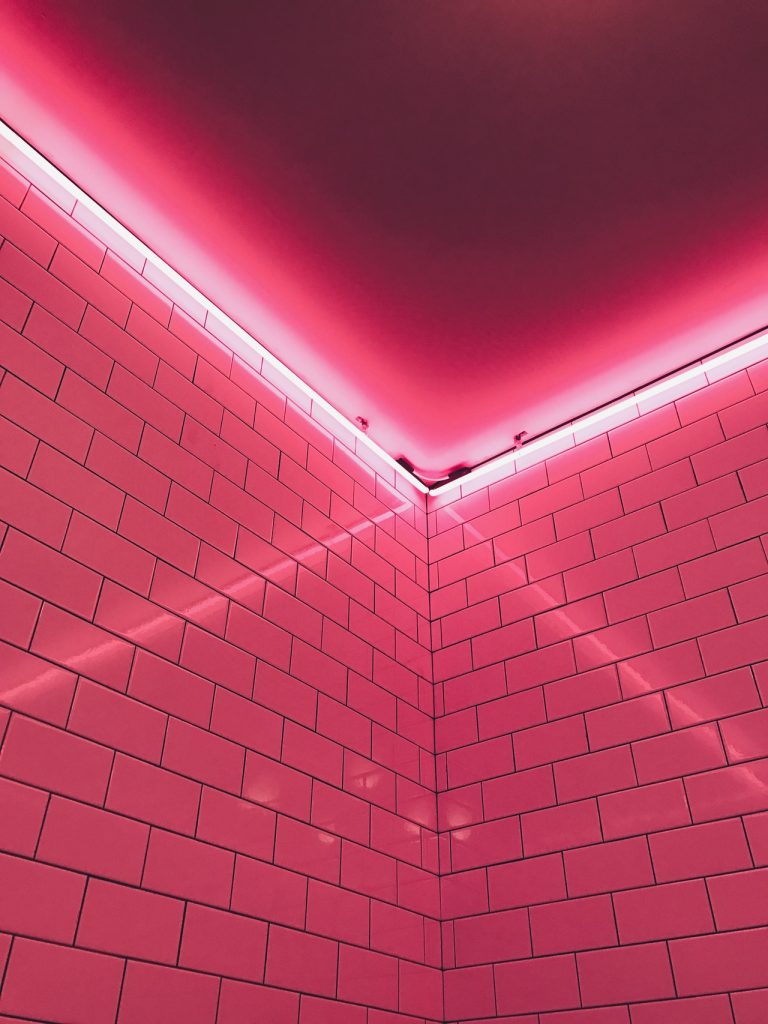
The neon lights have a history of one hundred years, and the production technology, production experience, and industry management have been quite sound, making the quality of neon lights quite stable.
5. Price comparison between LED light source and neon light
The comprehensive price of LED light source is still higher than that of neon lights, but the comprehensive cost of using red and yellow LEDs in some areas is already lower than that of neon lights.
6. Comparison of outdoor performance of LED light source and neon light
Since the LED light source needs to be installed on the circuit board and uses low-voltage DC power supply, if the circuit board encounters water, the tin and copper strips on the circuit board will form an electrolytic cell under the action of the direct current, and the tin on the circuit board will be continuously electrolyzed . Finally, the entire circuit board was damaged.
The water resistance of LED lamps is the most fatal shortcoming of LED lamps used outdoors. The neon lights are powered by high voltage and low current, even if the tube is immersed in water, it will not damage the neon lights.
The LED light source cannot be directly installed outdoors and needs to be protected by a waterproof enclosure. The neon lights can be installed directly outdoors.
From the above points, the LED light source needs to be further improved in technology, materials and craftsmanship in order to completely replace the neon lights in outdoor use.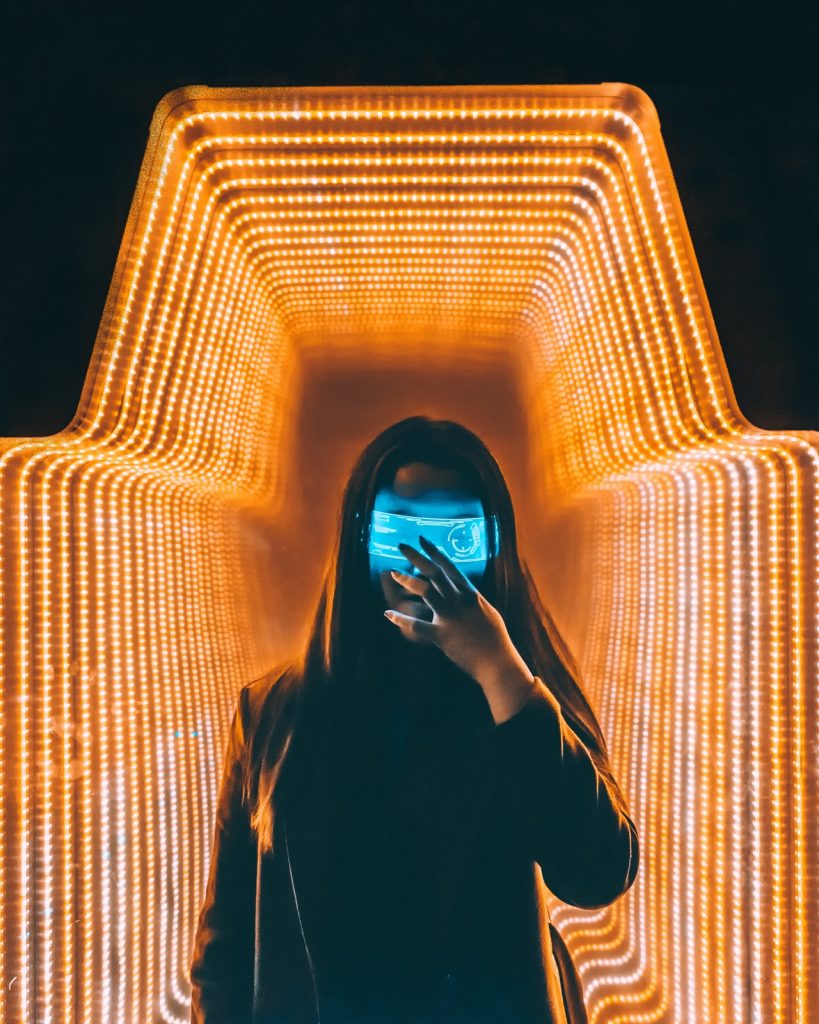
7. Current market status of LED light sources
LED light sources have unparalleled performance advantages. Especially due to the shortage of power in recent years and the great importance of energy-saving light sources in various countries in the world, the annual growth rate of LED light sources in various fields has reached 30%-40%. The traditional neon-led landscape engineering, advertising lamps, decorative lamps and other markets have been replaced by LED light sources to varying degrees.
Based on the in-depth research and market development of LED products, we mainly draw the following understandings: 1) In the indoor lighting project, LED light source has gradually replaced neon lights due to its small unit and convenient control. It may become the dominant light source for interior decoration.
2) In outdoor landscape projects, due to the poor water resistance of LED lamps and the simple production process, a large number of low-quality, low-grade LEDs have entered the market, which has caused the market to distrust the quality of LED products. LED light sources need a process to replace neon lights outdoors.

